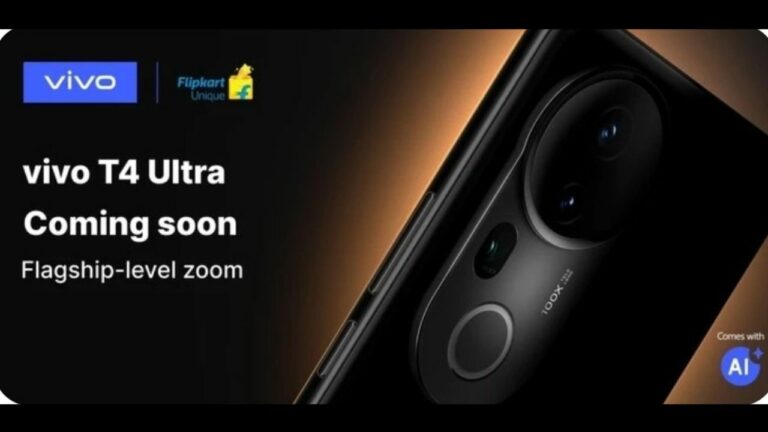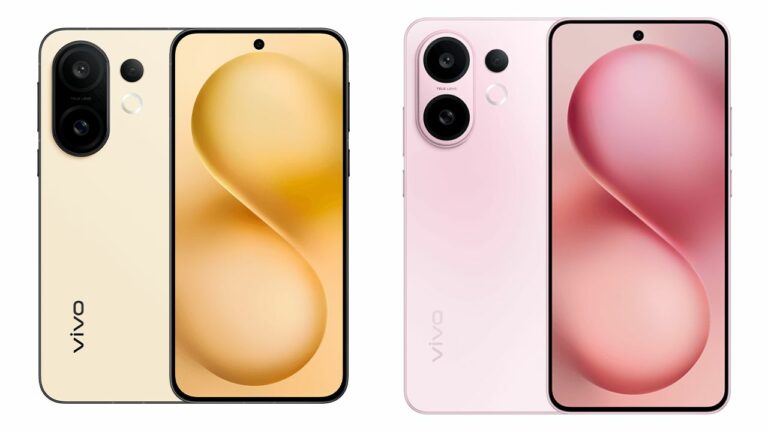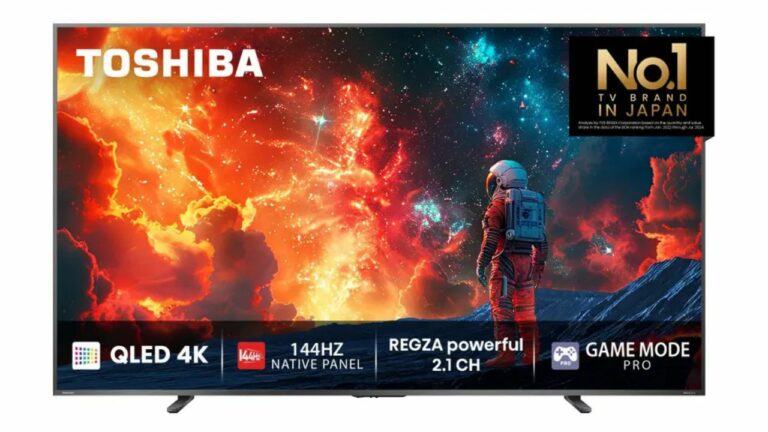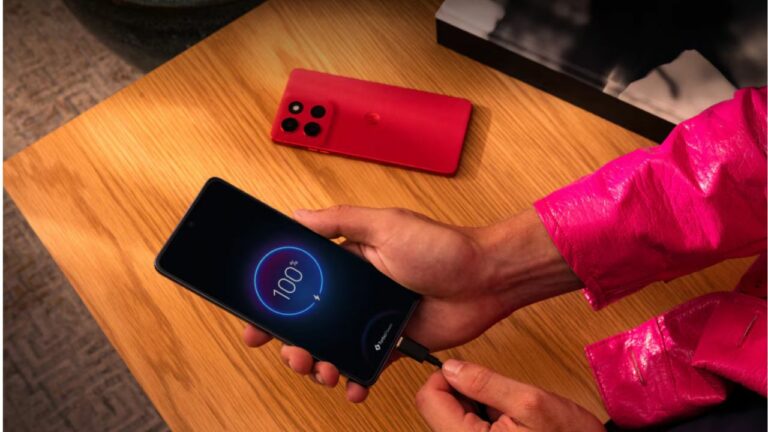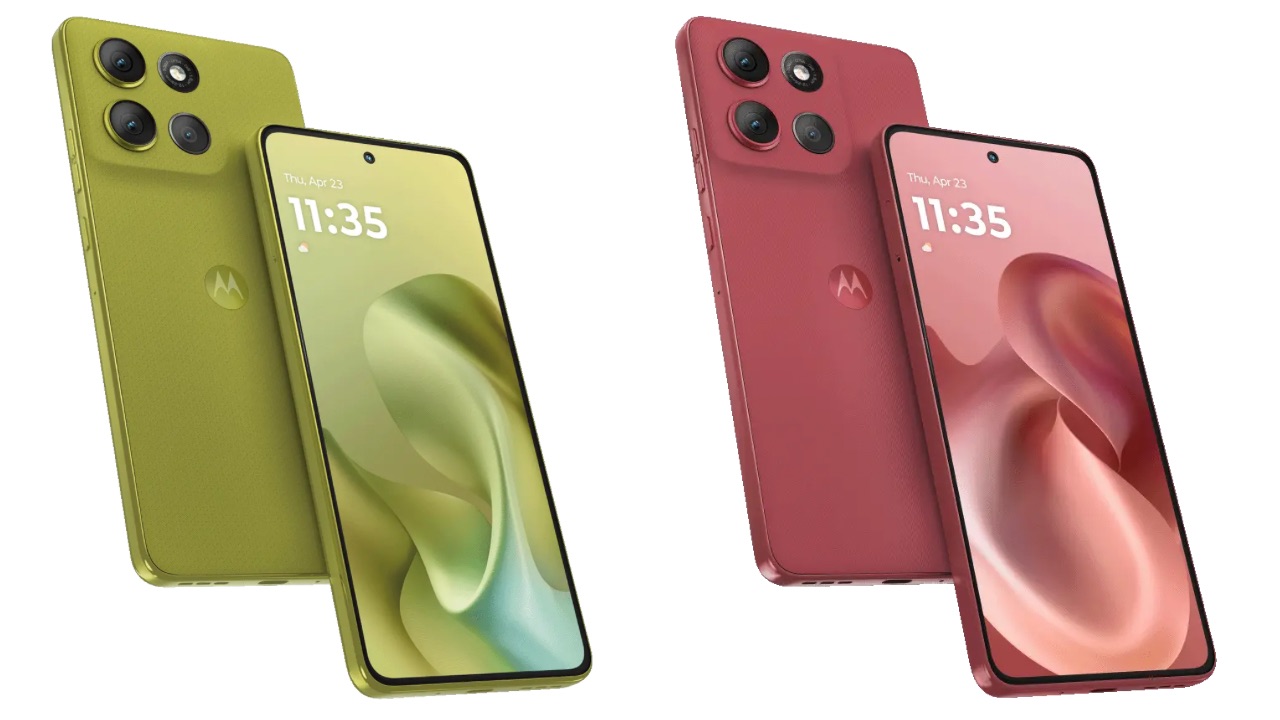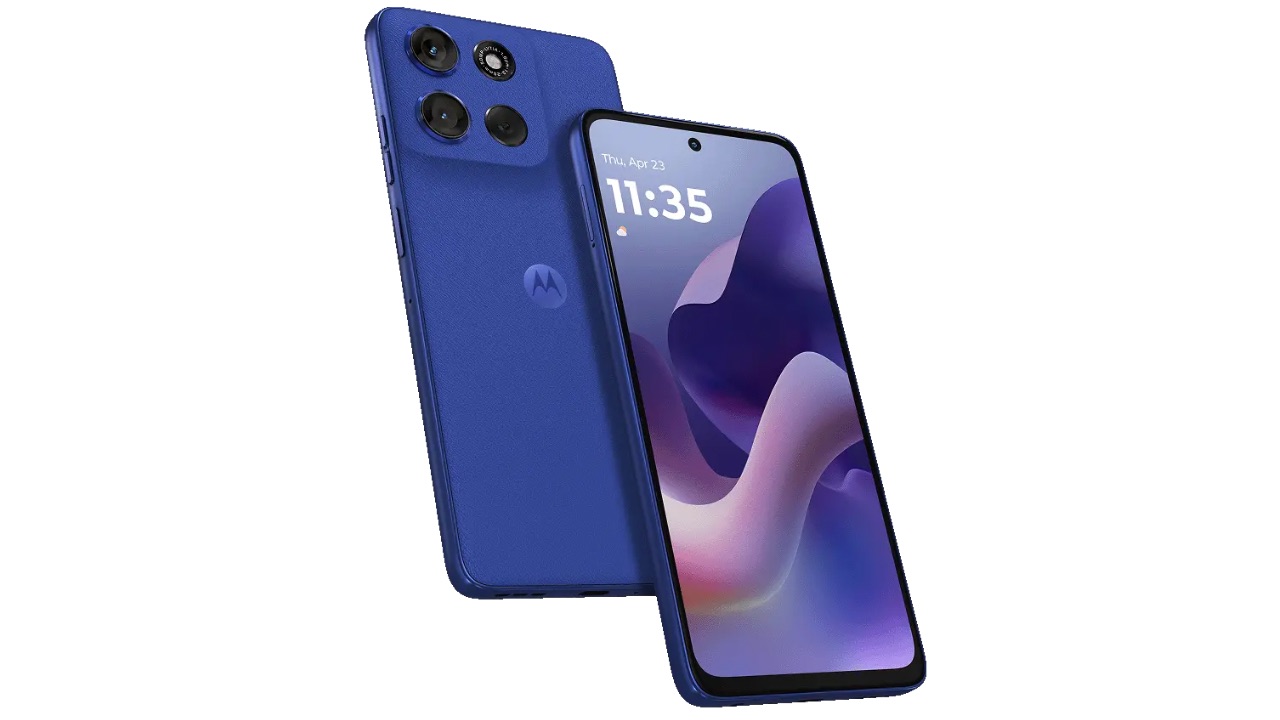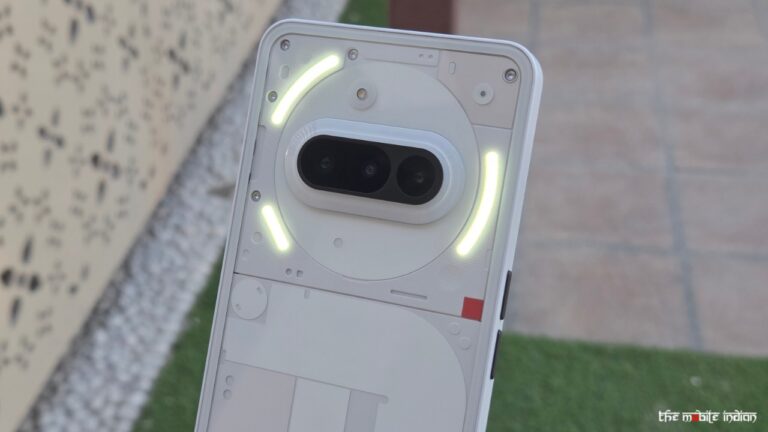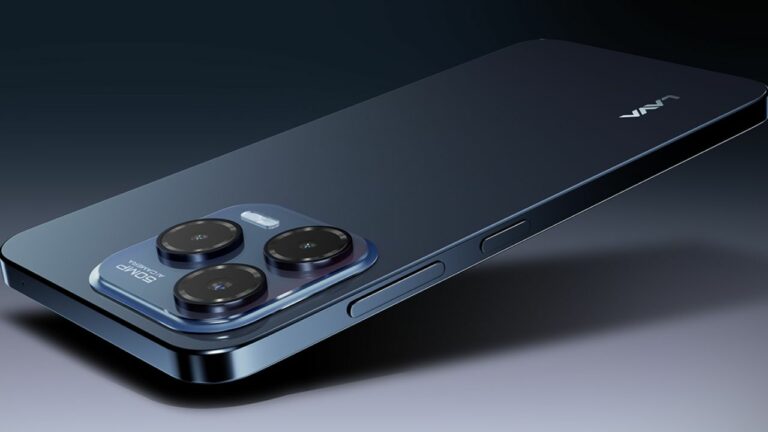Update 04/06/2025: Vivo India has officially confirmed that the Vivo T4 Ultra 5G will debut on June 11. The company confirmed some of the device’s specs too, including a triple rear camera setup that consists of a 50MP f/1.8 Sony IMX921 main sensor with OIS, an 8MP ultra-wide angle f/2.2 sensor, and a 50MP Sony IMX882 periscope telephoto sensor with OIS and 3x optical zoom, along with its Chipset which is the Dimensity 9300+.
Original Story Below
Vivo T4 Ultra India launch has been teased, confirming that the device is set to arrive in the country soon. Vivo also confirmed a camera detail of the device. Other details of the device remain under wraps, however, the rumour mill has already spilled beans over what to expect from the handset.
As posted by Vivo India on X, the Vivo T4 Ultra is set to arrive soon and will be sold via Flipkart and Vivo’s own online store. The design of the handset looks similar to its predecessor, the Vivo T3 Ultra 5G which came last year.
However, one major difference between the two is that the T4 Ultra will have a tertiary rear camera sensor, a telephoto lens, that’ll help it support up to 100x zoom. The T3 Ultra had a dual camera setup on the back. This camera detail was officially confirmed by Vivo in the teaser it shared.
Read More: Vivo S30, Vivo S30 Pro mini Launched in China: Check All Details
Vivo T4 Ultra India Launch: Expected Specs, Price
A report from earlier this week suggested that the Vivo T4 Ultra will get a 6.67-inch pOLED panel with a 120Hz screen refresh rate. The smartphone will be powered by a MediaTek Dimensity 9300 series SoC, and while it hasn’t been specified, it is expected to be the Dimensity 9300+, considering the T3 Ultra had the Dimensity 9200+.
For optics, the Vivo T4 Ultra could feature a 50-megapixel Sony IMX921 primary sensor on the back, joined by an ultra-wide angle sensor and a 50-megapixel periscope telephoto camera. The phone is said to run on the Android 15-based Funtouch OS 15 software.
While the battery capacity is unknow as of now, the Vivo T4 Ultra could support 90W charging. The T3 Ultra had a 5500mAh cell, so the T4 Ultra could have something along similar lines or an even bigger cell.
As for the price, the T3 Ultra launched for Rs 31,999 in India and was a tough competitor to beat in its segment. We expect Vivo to debut the T4 Ultra at a slightly higher price point, likely close to Rs 35,000, considering the upgrades in the processor, camera, and battery departments. Note that this is purely a speculation and nothing has been officially confirmed by the brand.


